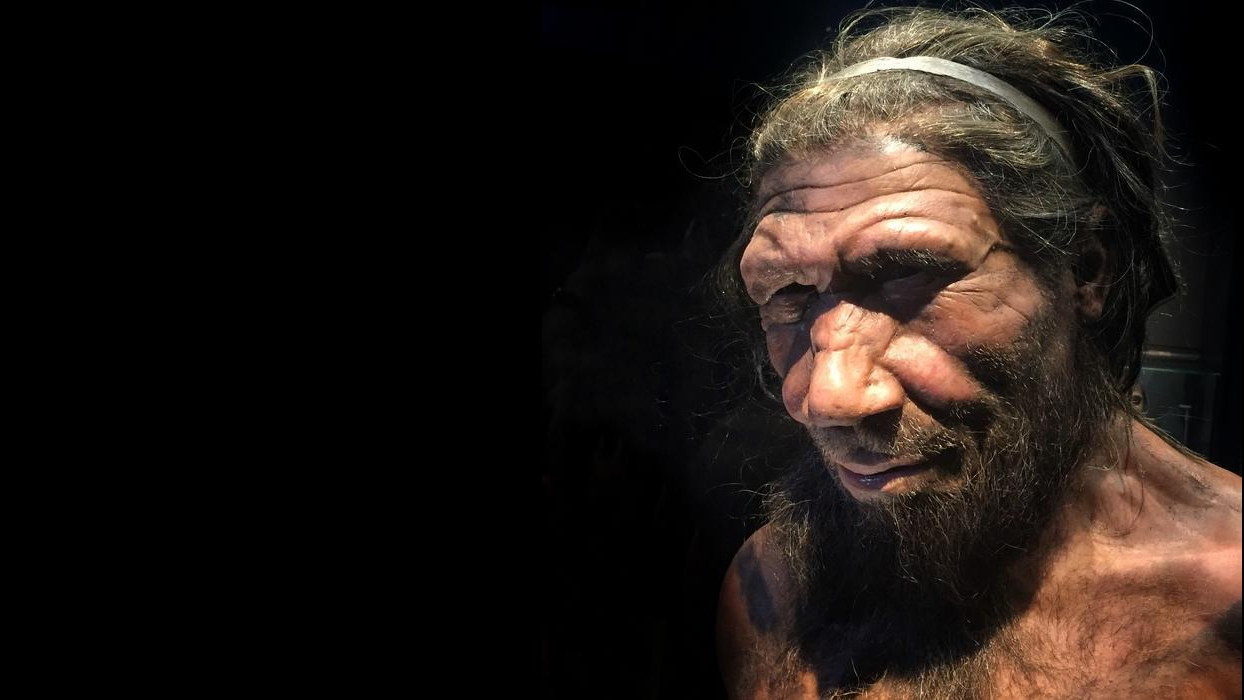
New Scorpion Species Discovered in Turkey

A secretive new species of small wood-scorpion has been discovered in southwestern Turkey, researchers report.
The creatures may have fearsome-looking tails and pinchers, but they measure just a few centimeters long and are mostly harmless to humans; their stingers inflict about the same effects as a mosquito bite, researchers say.
Dubbed Euscorpius lycius, the scorpion owes its name to the storied geographic region where it lives: Lycia, perhaps most famous today for its ancient rock-cut tombs and the legacy of the Lycian League, a group of 23 cities that was the first known democratic federation in history, according to the United Nations Educational, Scientific and Cultural Organization, and which is said to have influenced the founding fathers of the United States.
Researchers say they collected their 26 specimens of the new species across the provinces of Mugla and Antalya in humid and shady places like mossy garden walls and the underside of stones. Euscorpius lycius adults range from a pale brown to light reddish color, with darker pinchers.
The discovery means there are now five species in the Euscorpius genus, a group of small scorpions that is widespread in North Africa and Europe, including nearby Greece.
"Further studies are in progress to understand the quantity and distribution of the different species and populations of the genus Euscorpius in Turkey and their relationship with the Greek populations," study researcher Ersen Yagmur, of Celal Bayar University in Turkey, said in a statement.
So far, scientists have described more than 1,700 species of scorpions, which live in every continent except Antarctica. The creatures are in the Arachnida class along with spiders.
Get the world’s most fascinating discoveries delivered straight to your inbox.
The new species was described Nov. 8 in the journal ZooKeys.
Email Megan Gannon or follow her @meganigannon. Follow OurAmazingPlanet @OAPlanet, Facebook and Google+. Original article on LiveScience's OurAmazingPlanet.

